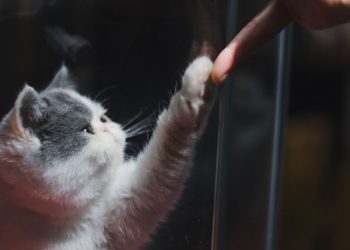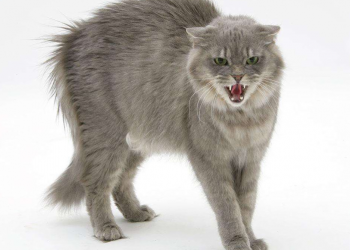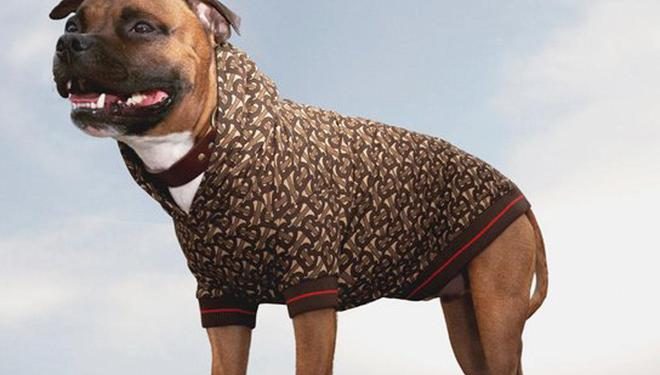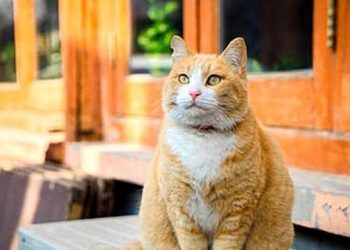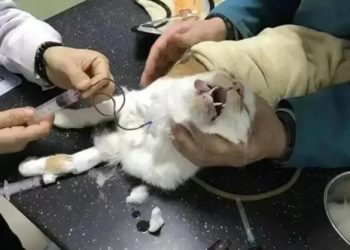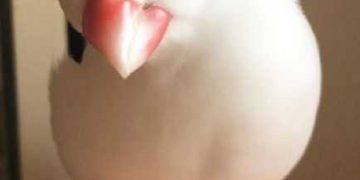Luxury brands quickly capture consumer trends and launch pet apparel as a new trend.
Gucci and French luxury brand Céline recently launched their first collection of pet products, including collars, leashes and pet clothing. Burberry and luxury bag brand Goyard have already normalized the sale of pet series, and luxury down jacket brand Moncler has also cooperated with American pet supplies manufacturer Poldo Dog Couture to design puppy down jackets.

Brigitte Chartrand, president of the women’s clothing purchasing department of luxury e-commerce platform Ssense, said in an interview with Women’s Wear Daily that the pet sector sales in 2021 will increase by 95% compared to 2020. She said that consumers spend more time at home during the epidemic, so they will also pay more attention to pet grooming.
At the same time, Brigitte Chartrand also pointed out that Burberry and Versace pet products are more likely to resonate with consumers, mainly because these brands have more easily distinguishable marks. Burberry often uses “TB Monogram” and checkerboard to design pet clothing, while Versace’s signature is bright colors and Medusa heads.
Consumers’ pursuit of distinctive brand marks is, to some extent, the manifestation of conspicuous consumption psychology in the process of pet clothing consumption. And luxury brands are also well versed in it. The new pet series of Gucci and Silin are full of classic logos of the brand. In addition, this method of emphasizing only printing does not have high design requirements, and the extra investment required by luxury brands is not much.

But in reality, most pets don’t need extra clothing. Even in cold weather, long-haired dogs are still able to adapt to low-temperature outdoor environments. While pet cats mainly live indoors, there are fewer scenes that really need to be dressed.
Pet apparel still accounts for a small percentage of overall luxury brand sales. Under the current trend of emphasizing sustainable development and protecting animal rights, luxury brands have increased their investment in pet apparel, mostly to shorten the distance with consumers and create a friendly and friendly image.
And even if it’s not to sell pet supplies, more and more luxury brands are putting pets at the heart of their marketing campaigns.
For example, Boucheron, a luxury jewelry brand owned by Kering Group, uses a black cat as its mascot and designs a special animated image for advertising and marketing. It is worth mentioning that Boucheron also has a variety of cat-inspired jewelry. Marketing with the concept of pets can reduce consumers’ sense of distance from high-end jewelry brands.

Whether it’s launching pet apparel or pet marketing, the growth in society’s attention to pets will make luxury brands pay more attention to this field in the future.
But on the other hand, the issue of animal rights caused by the use of pets for filming has also been frequently reported in recent years, and luxury brands need to make trade-offs. In addition to decorating with simple marking patterns, luxury brand pet clothing should also have more innovation. Pet clothing is not a high-frequency consumer product. To keep consumers’ attention, it is necessary to provide more unique designs.

